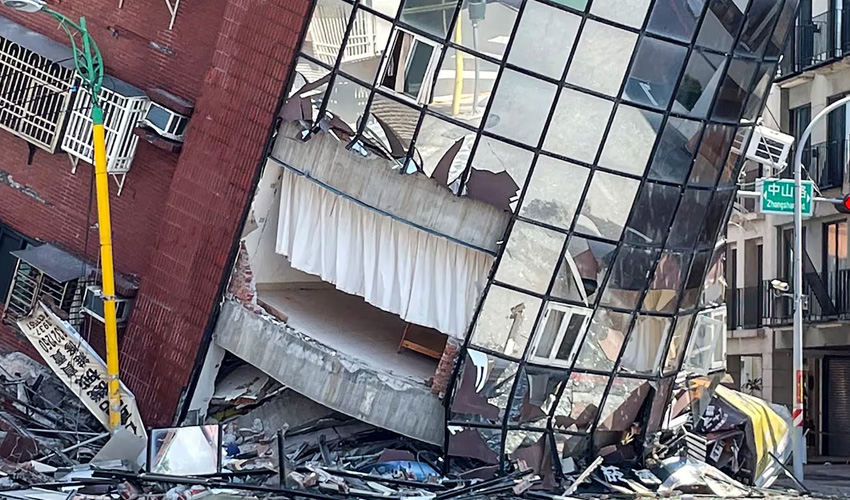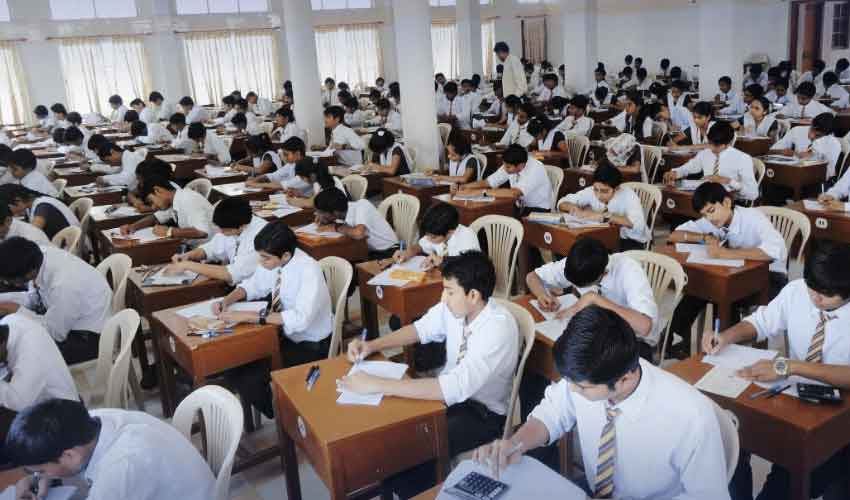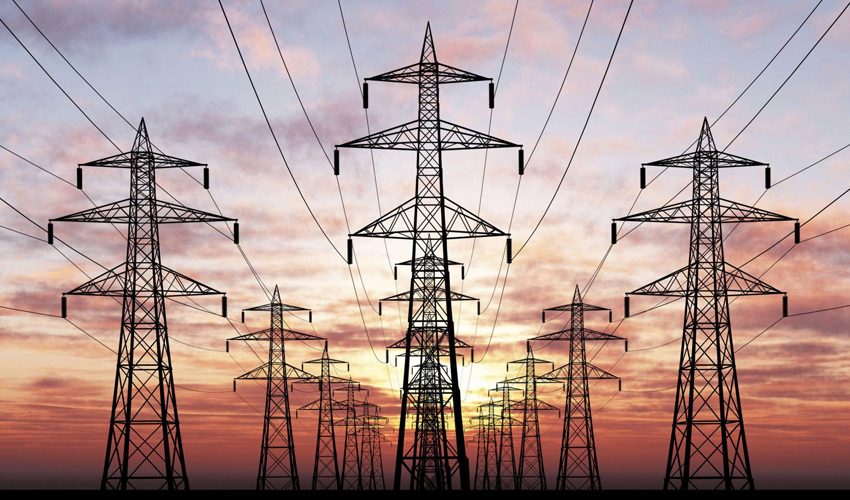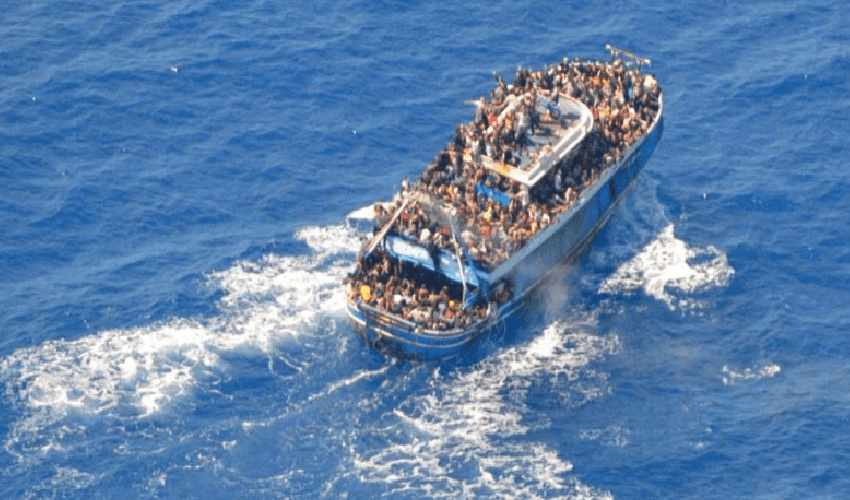Taiwan was jolted by its most potent earthquake in a quarter of a century, leaving at least nine dead, hundreds injured, and a trail of destruction in its wake.
Buildings crumbled, highways were torn asunder, and train services came to a grinding halt in the aftermath of the seismic event.
Vulnerable TerrainSituated along the volatile Pacific "Ring of Fire," Taiwan's susceptibility to earthquakes is well-documented. The convergence of the Philippine Sea Plate and the Eurasian Plate beneath its mountainous landscape spells continual seismic threats.
The tension between these tectonic plates often culminates in powerful earthquakes, exacerbated by the potential for devastating landslides, particularly along Taiwan's eastern coast.
Resilience through preparedness
Despite its vulnerability, Taiwan's ability to withstand seismic shocks is lauded as among the best globally. Rigorous building codes, a sophisticated seismological network, and widespread public education campaigns form the bedrock of its earthquake preparedness strategy.

The government's commitment to stringent building standards and incentivizing seismic assessments for existing structures underscores its proactive stance.
Lessons from tragedy
Tragic incidents, like the 2016 collapse of a high-rise in Tainan, have spurred accountability measures. Negligence in construction resulting in loss of life led to criminal charges, emphasizing the importance of adherence to safety protocols.
Regular quake drills at schools and workplaces, alongside public awareness initiatives, serve as constant reminders of the ever-present seismic risks.
Living with uncertainty
With a history marked by over 2,000 earthquakes since 1980, Taiwan understands the imperative of perpetual vigilance. Despite advancements in preparedness, the specter of catastrophic seismic events looms large. The seismic activity, a constant reminder of nature's unpredictability, necessitates an unwavering commitment to resilience and preparedness for the foreseeable future.



























